Affiliate disclosure: This post may contain affiliate links. Please see our Privacy Policy.
Dandelions are early spring flowers, but they may not be as important to the bees as people assume. You’ve probably seen the viral posts urging everyone to leave them untouched “for the pollinators,” but is that really the full story? Let’s dig into what bees actually need in spring—and where dandelions fit in.
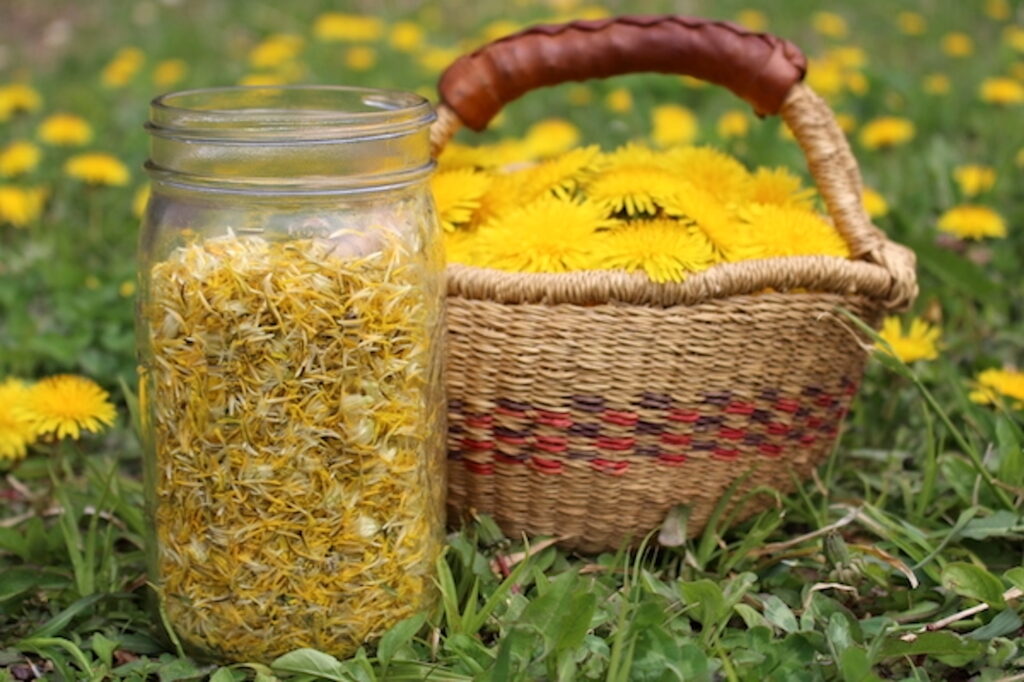
Table of Contents
- Are Dandelions Really the First Food for Bees?
- Eating Dandelions Helps People See Their Value
- But What About Urban Areas?
- Picking Dandelions Can Lead to More Blooms
- So What’s the Verdict? Eat the Dandelions or Not?
- How to Harvest Dandelions Responsibly
- Want to Help the Bees? Try These Instead of Dandelions
- Dandelion Recipes
Every year, like clockwork, I get a handful of messages when I post about making dandelion jelly or dandelion salve. They all say more or less the same thing:
“Don’t eat the dandelions—save them for the bees!”
And let me start by saying: I get it. Truly.
Pollinators are vital to our ecosystems, and I’m not here to downplay their importance. We literally started our homestead with the goal of making it a pollinator and amphibian sanctuary. Long before the first raised bed went in, we were planting for bees, birds, and butterflies.
But as with many things on the internet, the issue is more nuanced than a meme might lead you to believe.
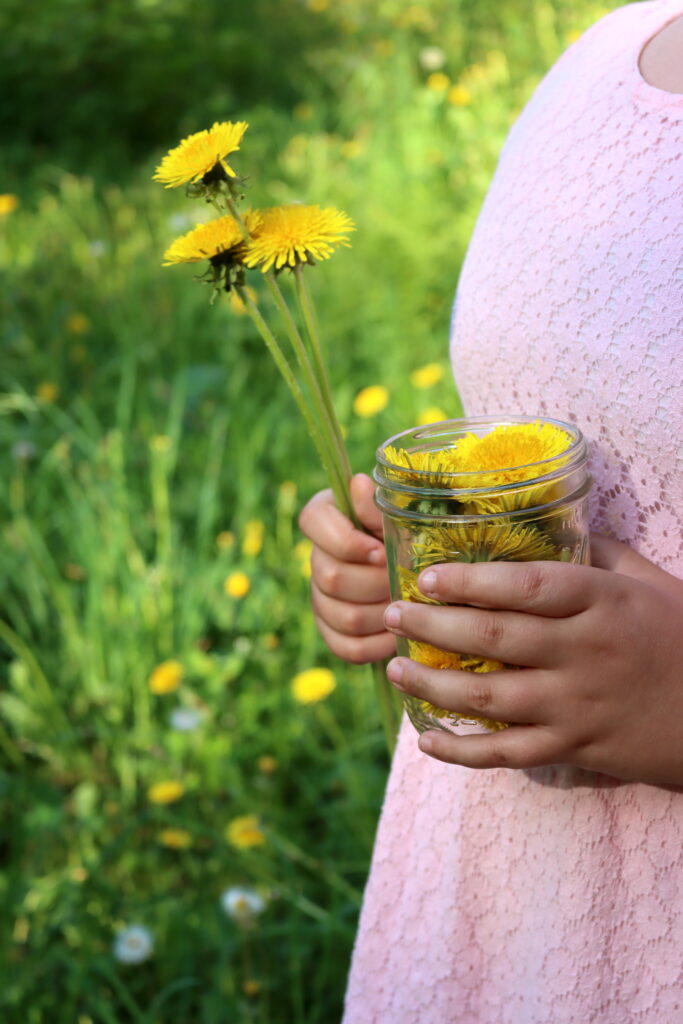
Are Dandelions Really the First Food for Bees?
That line gets repeated a lot: “Dandelions are the first food for the bees!”
It’s catchy, but not quite accurate.
Yes, dandelions (Taraxacum officinale) do bloom early. But they’re not native to North America, and our native pollinators didn’t evolve alongside them. While generalist pollinators and European honey bees will certainly use dandelions, they’re not the best or only option out there.
Many native trees and wildflowers bloom even earlier and offer more nutritious pollen. For example, the protein content of dandelion pollen is about 14%, while native pussy willow clocks in around 40%. And for many specialist bees—which have evolved to time their entire life cycle around certain native plants—that difference can be critical.
In fact, depending on your region, you might find red maple, linden, serviceberry, bloodroot, spring beauty, native violets, and even some native currants in bloom well before dandelions hit their stride.
In the suburbs, a single blooming maple tree can offer more nectar than a whole field of dandelions—you just don’t notice it as easily because it’s overhead, not underfoot.
These native plants support a broader range of pollinators, including those that don’t visit dandelions at all.
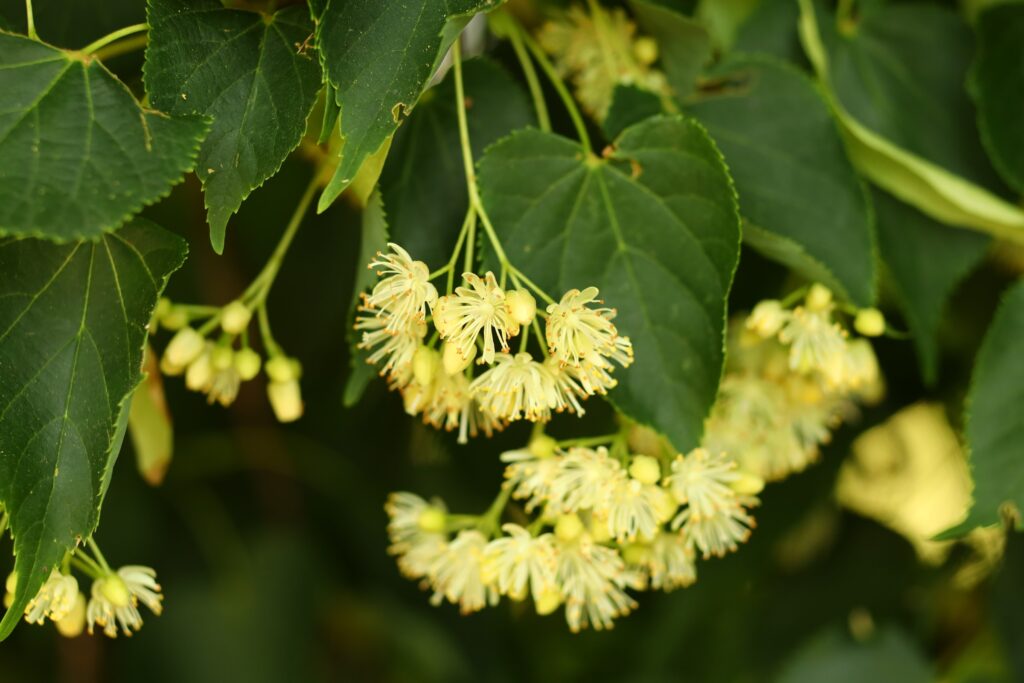
Eating Dandelions Helps People See Their Value
This is the part that most critics miss: Often, the best way to get people to care about pollinators is to first get them to care about the plants those pollinators rely on.
When someone realizes that dandelions are edible, medicinal, and even delicious, their whole relationship with the plant changes. Instead of spraying them, they might leave them. Instead of cursing them, they might make jelly. And sometimes—believe it or not—they’ll go out of their way to plant more.
Every year, I get messages from people asking where they can buy dandelion seeds to grow their own patch for homemade dandelion wine or dandelion cookies. That, my friends, is what I call success.
And I’ve seen the same thing happen with milkweed. Once folks realize they can eat it (yes, really!), they stop seeing it as a weed and start seeing it as a native food source worth protecting—for monarchs and humans alike.
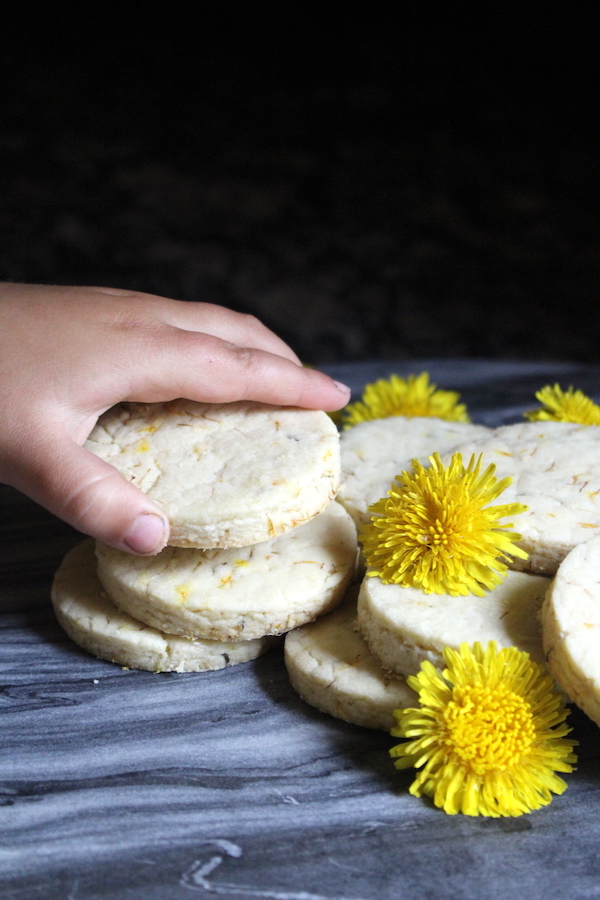
But What About Urban Areas?
I know not everyone lives out in the country like we do.
In cities and suburbs, where lawns are often treated and wildflowers feel scarce, those few dandelions pushing up through sidewalk cracks can seem like the only thing blooming. But the real lifelines for urban pollinators are often up above our heads—in the form of pollinator-friendly street trees, flowering shrubs, and untended hedgerows.
Trees like red maple, serviceberry, linden, and native willows bloom early and provide abundant, high-quality forage. Even in compact neighborhoods, a single flowering tree can feed more pollinators than a whole lawn full of dandelions. And many cities are now planting native species in parks and along streets specifically to support pollinator health.
Dandelions can still play a role, especially when they help people start paying attention. But if you’re in an urban setting, the best thing you can do is advocate for more native plantings, skip the sprays, and celebrate the full range of urban wildness—from treetops to sidewalk cracks.
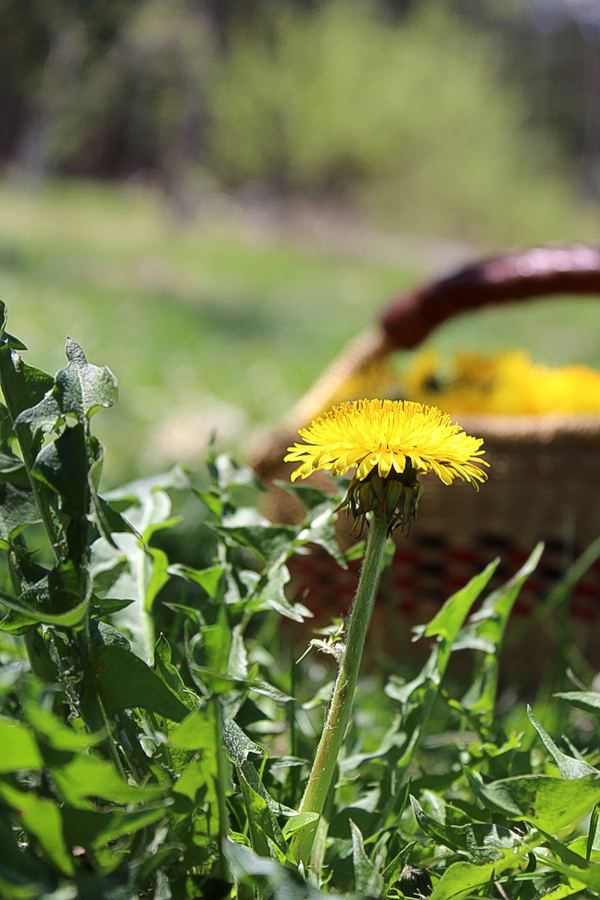
Picking Dandelions Can Lead to More Blooms
Here’s something that surprises a lot of people: when you pick dandelions, they often come back stronger. Like many flowering plants, dandelions respond to harvesting the way a fruit tree does to pruning—they put out more flowers in an effort to complete their reproductive cycle.
If you’ve ever tried to weed dandelions out of a lawn, you already know how determined they are. Pull a few today, and it can feel like twice as many pop up tomorrow. That’s the plant doing what it’s designed to do: flower, seed, and persist.
So if you’re worried about leaving enough dandelions for the bees, gentle harvesting might actually result in more blooms over time. Think of it as sustainable pruning—take what you need for jelly or salve, and leave the rest. A few gentle harvests can result in waves of blossoms throughout the season.
There are plenty of dandelions to go around. In fact, you might just end up with more after you pick some.
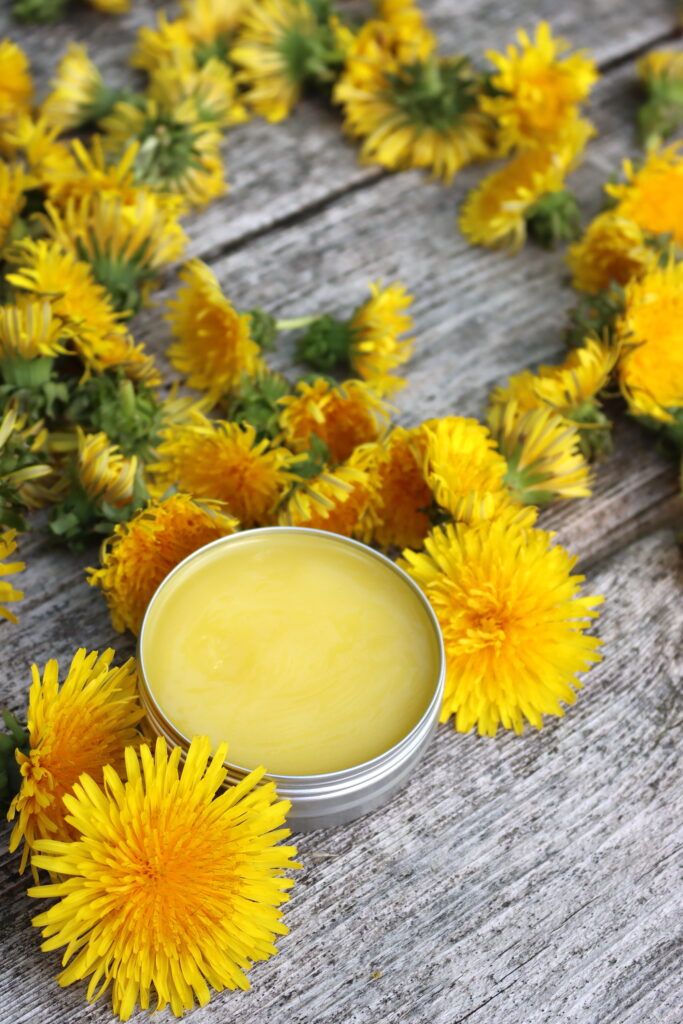
So What’s the Verdict? Eat the Dandelions or Not?
If you’re lucky enough to have dandelions growing wild around you—and you’re harvesting responsibly—go ahead and enjoy a few. The bees will be fine. Just don’t take them all from one spot, and maybe leave that first flush for the early risers.
Better yet, plant native species that bloom just as early and provide even better forage. Willows, red maples, serviceberries, and spring ephemerals—these are the true heavy lifters of early spring.
And please, don’t spray your lawn. Share a jar of dandelion jelly with your neighbors. Have a dinner party with dandelion greens pesto. Start conversations. Shift perspectives. Use the dandelion as a bridge.
Because when people realize a weed is actually a wildflower with a purpose, they treat it—and the land around it—a little differently.
And that’s where real change begins.
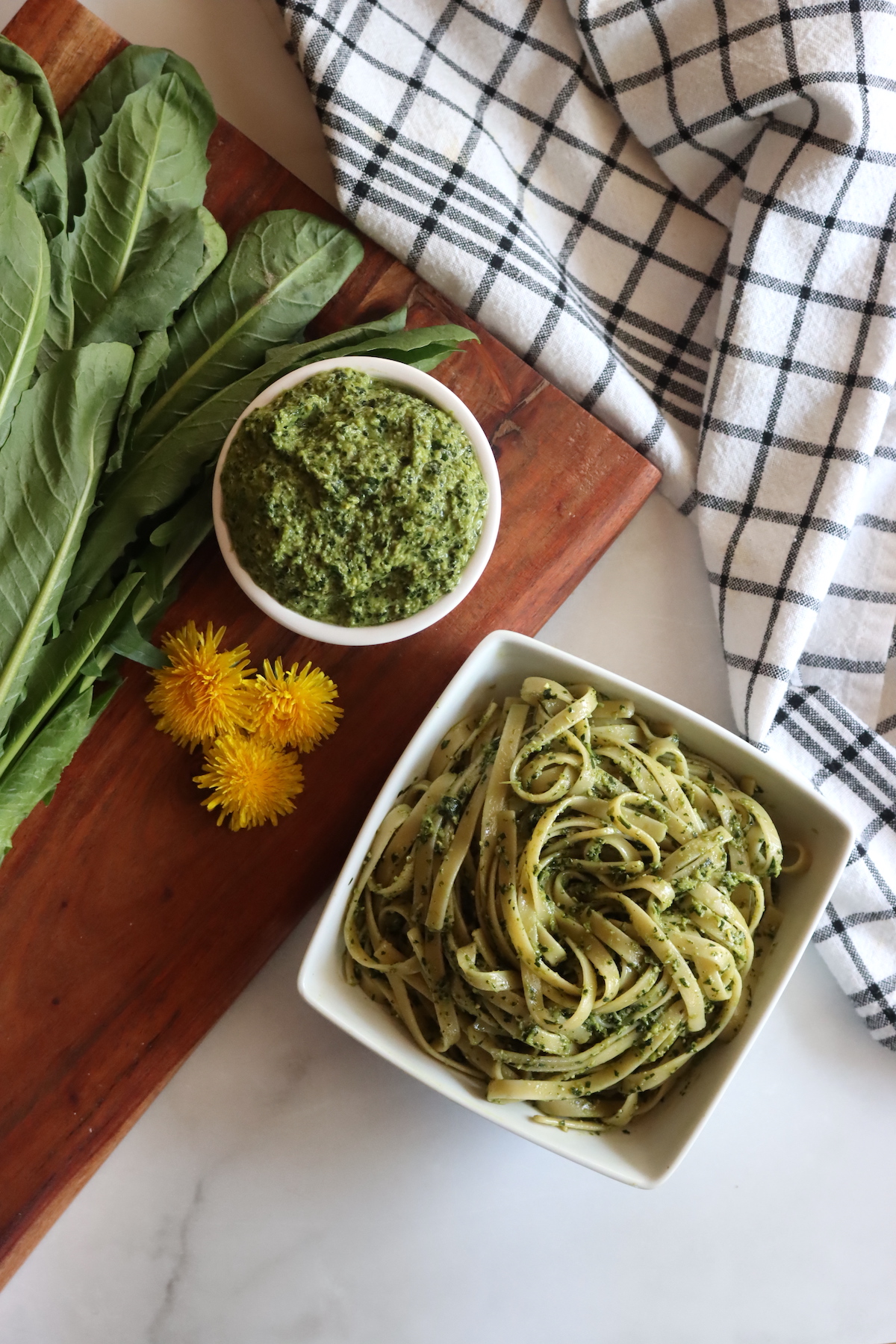
How to Harvest Dandelions Responsibly
As with any foraging, the key is balance. Never take every flower from one spot, especially in early spring when pollinators are first emerging. Harvest in patches, leaving plenty behind, and aim to gather in areas where dandelions grow abundantly—like unsprayed meadows, roadside edges, or backyard lawns that haven’t been treated.
Avoid picking near roadsides with heavy traffic or anywhere that may have been sprayed with herbicides, and always rinse your harvest well.
And definitely harvest with abandon from your own unsprayed garden! They’re no different than carrots, and dandelion root cake is just as tasty!
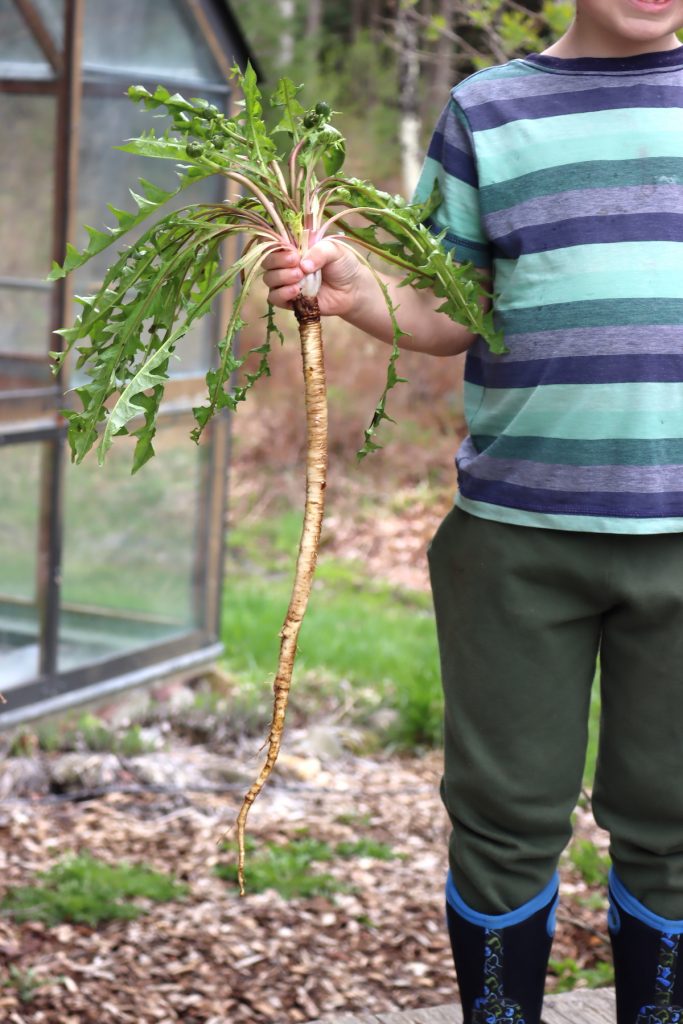
Want to Help the Bees? Try These Instead of Dandelions
Looking to plant more nutritious early-bloomers for your local pollinators? These native species are some of the best options:
Pollinator Friendly Trees and Shrubs
These trees and shrubs are perfect for suburban backyards, parking lot medians and that little strip of green space between the sidewalk and the road.
- Pussy willow (Salix spp.)
- Red maple (Acer rubrum)
- Serviceberry (Amelanchier spp.)
- Chokecherry (Prunus virginiana)
- Native currants (Ribes spp.)
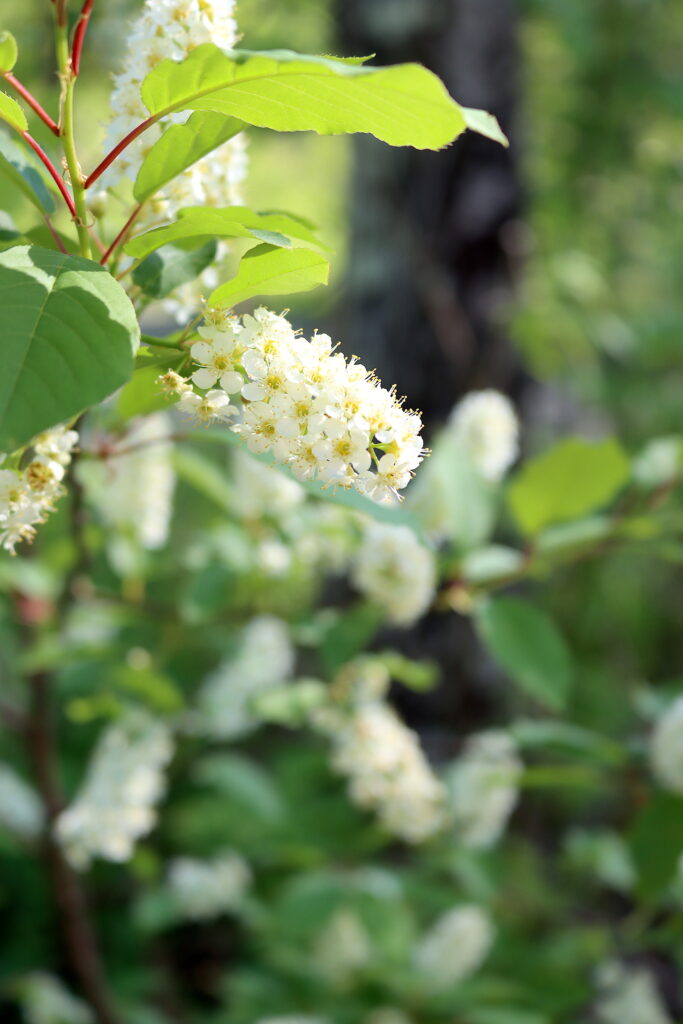
Early Wildflowers for the Bees
Many early wildflowers and spring ephemerals bloom well before dandelions, completing their whole lifecycle before the trees bloom in and shade their leaves. These plants do well under trees, and they’re perfect for planting under the pollinator friendly trees listed above.
- Bloodroot (Sanguinaria canadensis)
- Spring Beauty (Claytonia virginica)
- Wild violets (Viola spp.)
- Dutchman’s breeches (Dicentra cucullaria)
- Golden Alexanders (Zizia aurea)
Don’t just save the bees—feed them with the best we’ve got to offer.

In the End, It’s About Coexisting
Dandelions are resilient, abundant, and generous. They feed us, they feed the bees, and they help reconnect people with the natural world in a tangible way. When we approach them with respect—harvesting thoughtfully, planting native flowers alongside them, and creating pollinator-friendly spaces—we’re not taking from the bees. We’re building a better habitat for everyone.
So go ahead—make the jelly, stir up the salve, turn a few dandelions into “flower honey,” and share a bottle of dandelion mead with your neighbors. The bees will still have plenty to enjoy. And maybe, just maybe, your foraging will help someone else see dandelions as more than a weed.
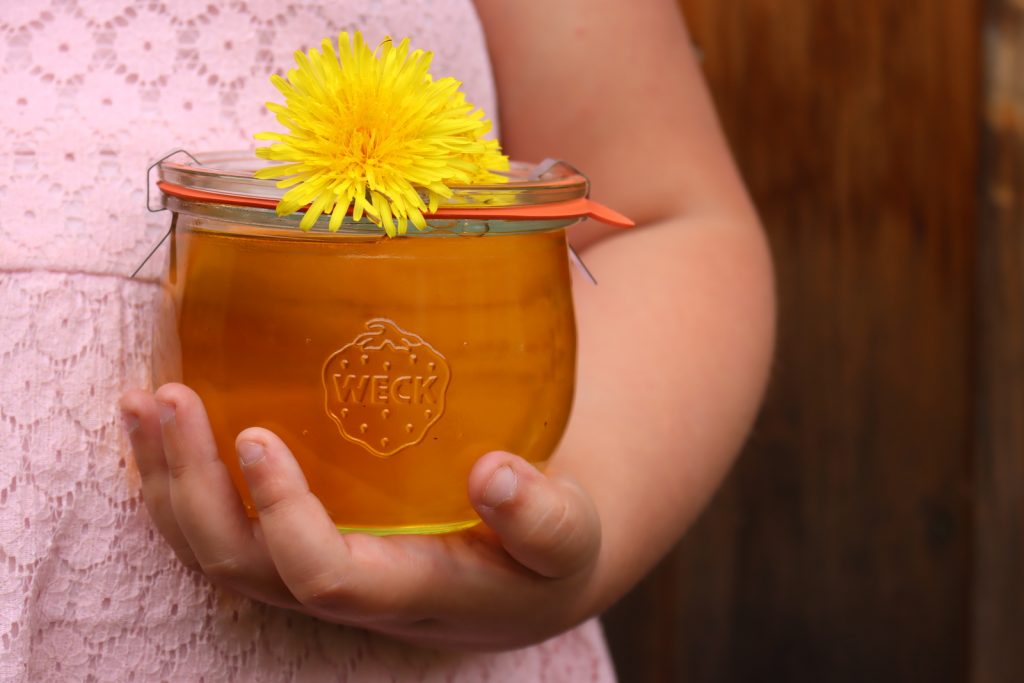
Dandelion Recipes
I hope I’ve convinced you that eating dandelions and spreading the word that they’re not only beautiful, but delicious, will actually do a lot more to help the bees than anything else.
These dandelion recipe lists are a great place to start:
- 60+ Dandelion Recipes
- Dandelion Medicinal Uses
- 50+ Dandelion Flower Recipes
- 50+ Dandelion Greens Recipes
- 12+ Dandelion Seed Recipes
- 12+ Dandelion Root Recipes
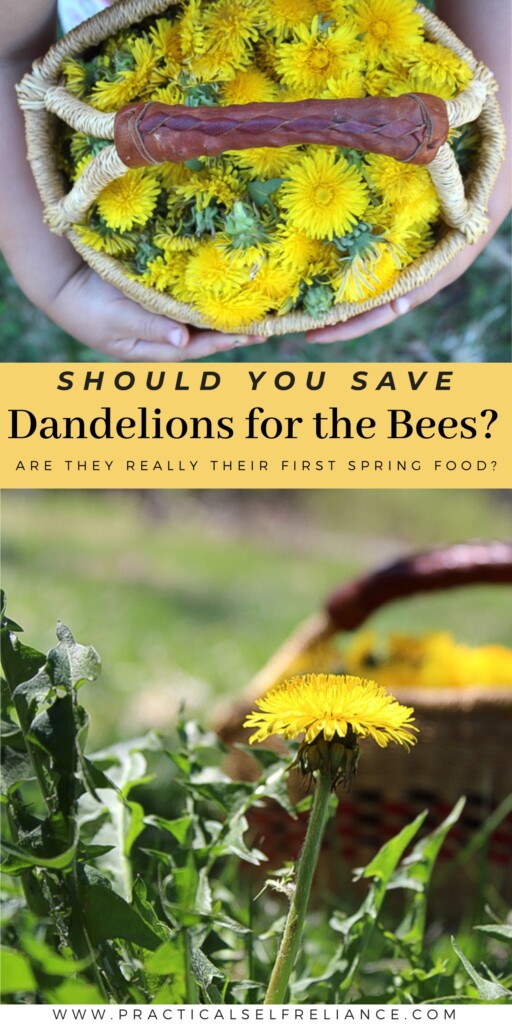
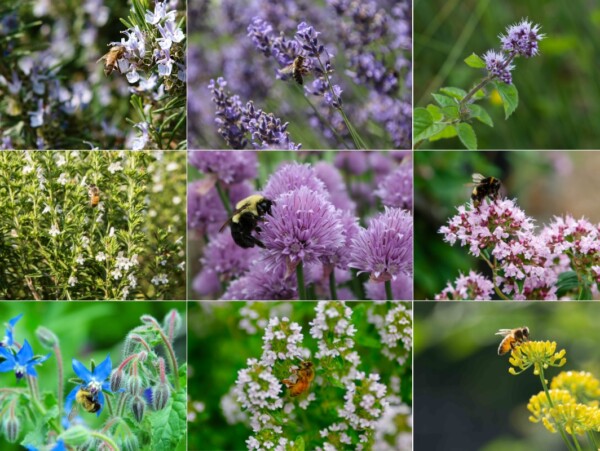
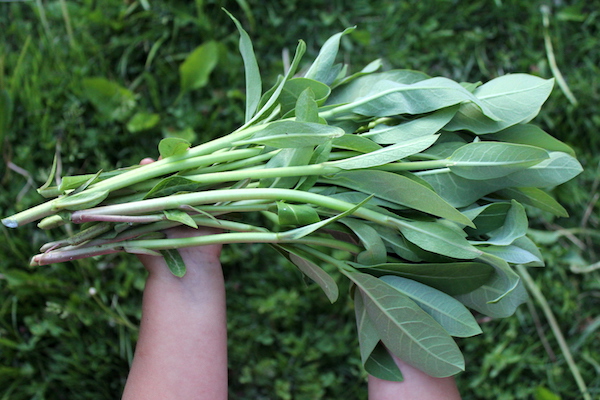
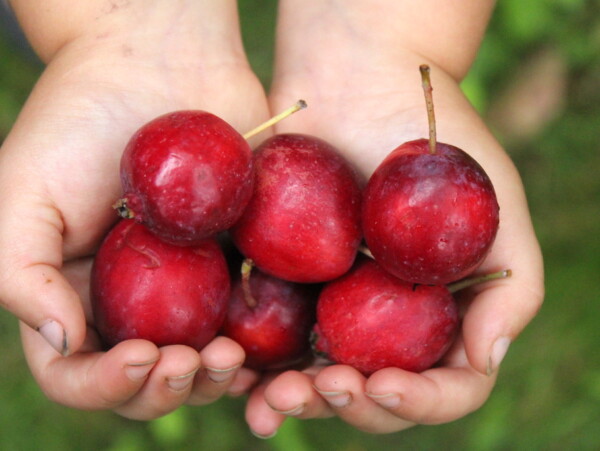
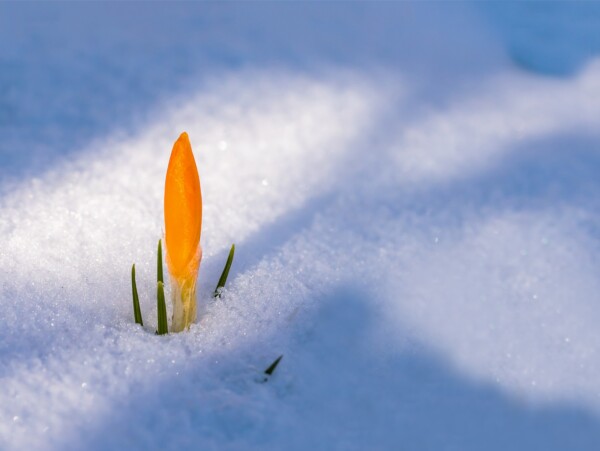
Pieris Japonica will continuously bloom for 2 months… my grandkids call it the Humming Tree!
Alder catkins, cedar pollen and virtually Every tree produce accessible pollen – And… with heavy clouds or rain, dandelion flowers CLOSE. Can be 3-4 days without access… plus, in 15 years I have only seen 2 bees total on my dandelions! I live in the countryside, on Vancouver Island, Canada
Likewise, I’ve tried every single spring for the last 5 years to get even a single photo of a bee in a dandelion, but no luck. I really wanted at least one for this article, but given ANY other choices, they skip the dandelions altogether.